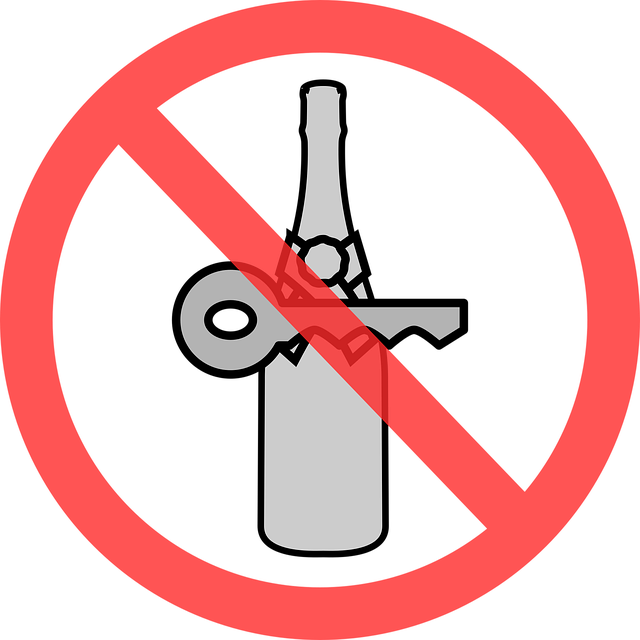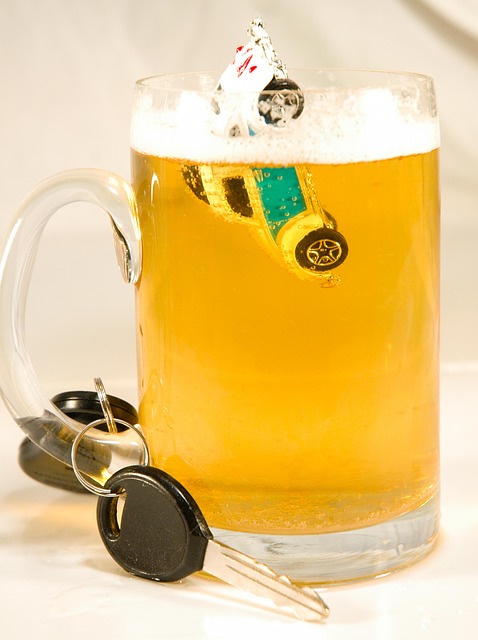High-risk reoffenders with drug interaction and DUI law violations face complex challenges. Breaking the cycle requires addressing root causes like substance abuse and mental health issues through specialized programs. Effective intervention balances public safety and holistic approaches, involving collaborative efforts between key stakeholders for successful rehabilitation and reintegration. Understanding Drug Interaction and DUI Law is crucial in identifying and managing interactions that drive recurring reckless behavior.
In the intricate web of criminal justice, understanding high-risk reoffenders is paramount. These individuals, often with a history of serious offenses, pose unique challenges. This article delves into the complex issue of managing high-risk offenders, focusing on drug interaction and its profound connection to DUI laws. By exploring these factors, we uncover effective strategies for rehabilitation, aiming to break the cycle of reoffending. Discover insights that could revolutionize approaches to dealing with at-risk individuals and reduce recidivism rates.
- Understanding High-Risk Reoffenders: A Complex Issue
- Drug Interaction: Unraveling the DUI Law Connection
- Breaking Cycles: Strategies for Effective Rehabilitation
Understanding High-Risk Reoffenders: A Complex Issue

High-risk reoffenders, particularly those with a history of drug interaction and DUI law violations, present a complex challenge in the criminal justice system. Understanding their unique needs requires a nuanced approach that goes beyond traditional punishment models. These individuals often struggle with underlying issues such as substance abuse, mental health problems, or trauma, which can contribute to recurring criminal behavior. By addressing these root causes through specialized programs and support services, it becomes possible to break the cycle of reoffending.
Effective intervention strategies must consider the intricate interplay between legal consequences and personal circumstances. Balancing public safety with a holistic approach that addresses the individual’s well-being is paramount. This may involve collaborative efforts between law enforcement, prosecutors, treatment centers, and community organizations to create tailored solutions that foster rehabilitation and successful reintegration into society.
Drug Interaction: Unraveling the DUI Law Connection

The connection between drug interaction and DUI law is a critical aspect often overlooked in discussions on high-risk reoffenders. When an individual faces charges under the DUI (Driving Under the Influence) law, understanding their substance use history and potential drug interactions becomes paramount. Drug interactions can significantly impact an individual’s behavior, judgment, and reaction times, making them a higher risk for reoffending, especially if not properly addressed.
The DUI laws are designed to ensure road safety by prohibiting individuals from operating vehicles while under the influence of drugs or alcohol. However, complex drug interactions can alter the effects of substances, leading to unpredictable behavior. For instance, some medications may enhance the intoxicating effects of alcohol or interact with illegal drugs, compounding the risks associated with DUI. Identifying and managing these interactions is essential in breaking the cycle of reoffending, as it offers a chance for intervention and support before any reckless driving behaviors occur.
Breaking Cycles: Strategies for Effective Rehabilitation

Breaking Cycles: Strategies for Effective Rehabilitation
Reoffending rates among high-risk individuals are a significant concern, but systematic strategies can disrupt this cycle. Rehabilitation programs that address underlying issues such as substance abuse and mental health problems are pivotal in long-term success. By integrating evidence-based practices, these programs aim to equip offenders with the necessary tools to make positive life changes. One effective approach is cognitive-behavioral therapy (CBT), which helps individuals identify and alter negative thought patterns associated with criminal behavior, including drug interactions and DUI law violations. CBT promotes healthier decision-making skills and enhances coping strategies, reducing the likelihood of reoffending.
Additionally, community-based programs offer a supportive environment for ex-offenders to rebuild their lives. These initiatives often include vocational training, education opportunities, and access to mental health services. By fostering social connections and providing structured activities, communities can dispel negative stereotypes and encourage positive participation. Addressing drug interactions in particular becomes more manageable with comprehensive treatment plans that combine medication management and group therapy sessions, tailored to the individual’s needs and circumstances as dictated by DUI law.
High-risk reoffenders represent a complex challenge, but by understanding their unique needs—especially the intricate relationship between drug interaction and DUI law—we can implement effective rehabilitation strategies. Breaking the cycle of reoffending demands a multi-faceted approach that addresses both individual circumstances and systemic issues. Through tailored interventions and supportive services, it’s possible to guide these individuals towards positive change and reduce recidivism rates. By integrating evidence-based practices and focusing on long-term support, we can create a more just and effective criminal justice system that promotes successful reintegration for high-risk offenders, ultimately strengthening communities.






